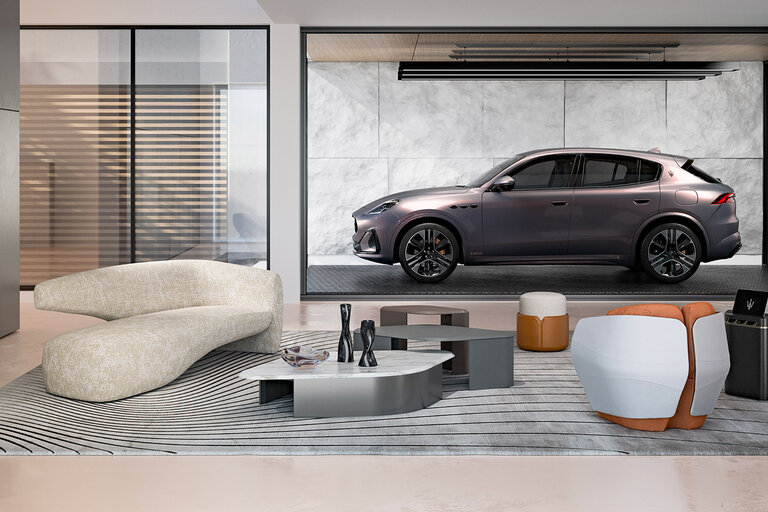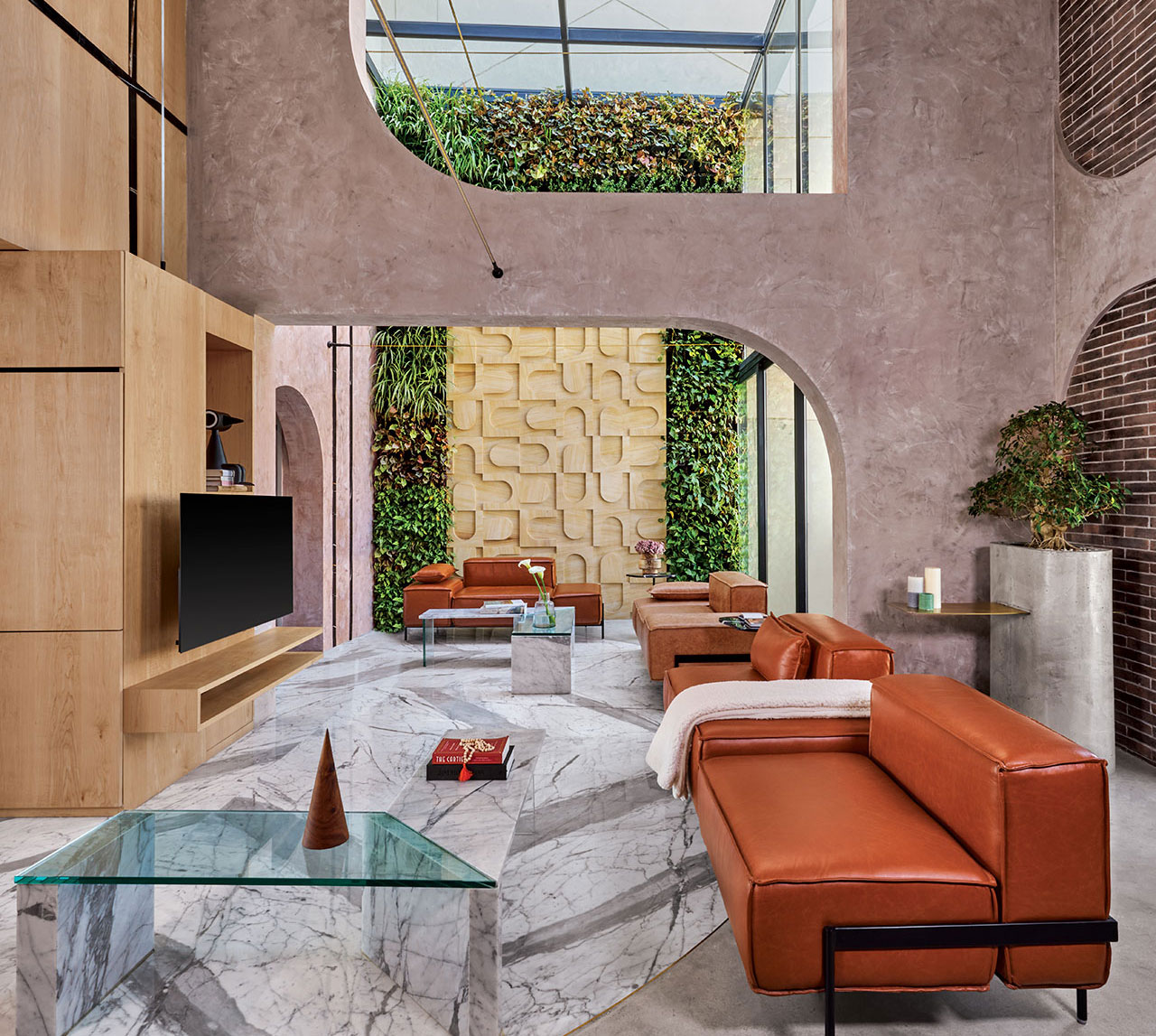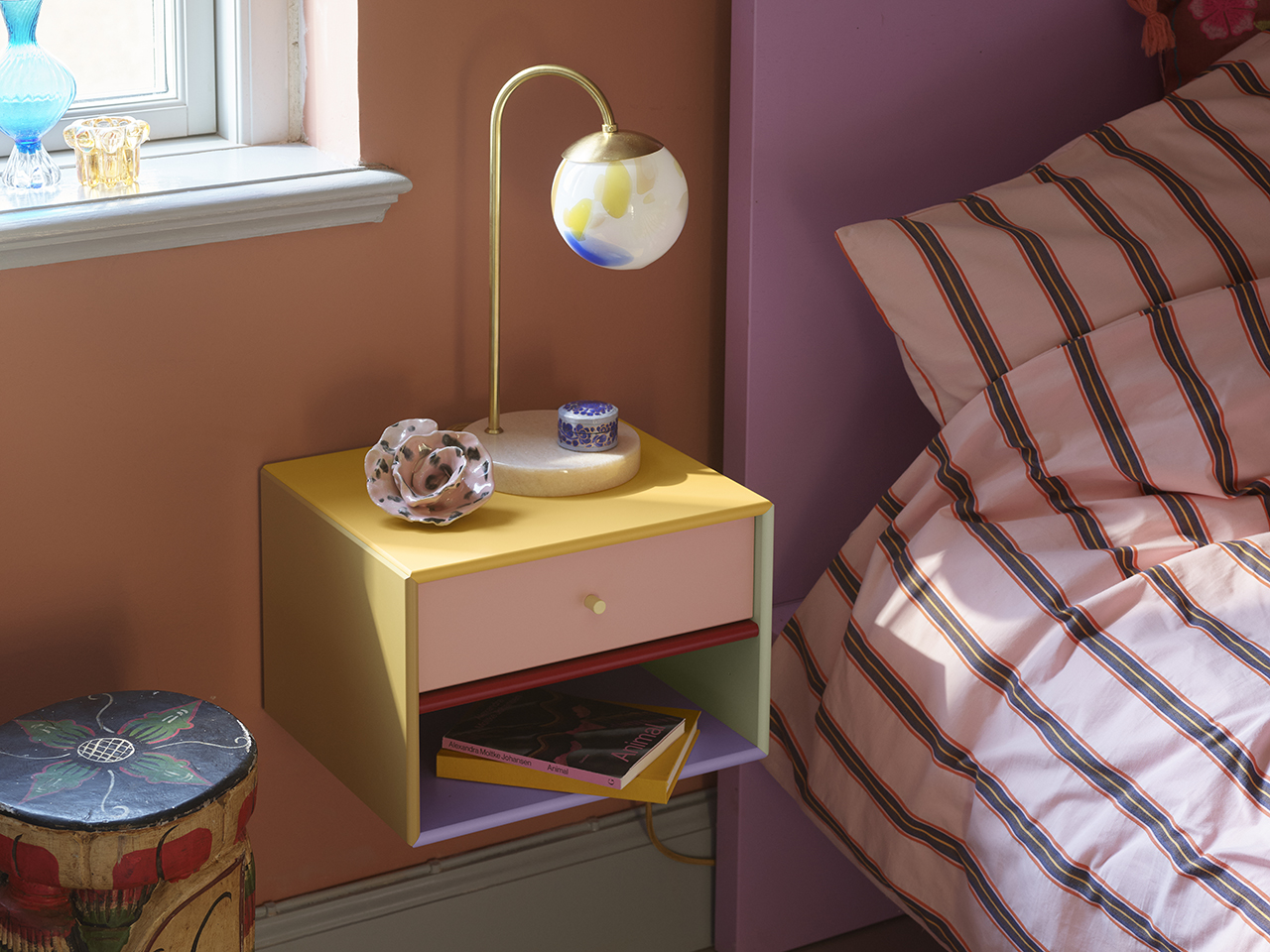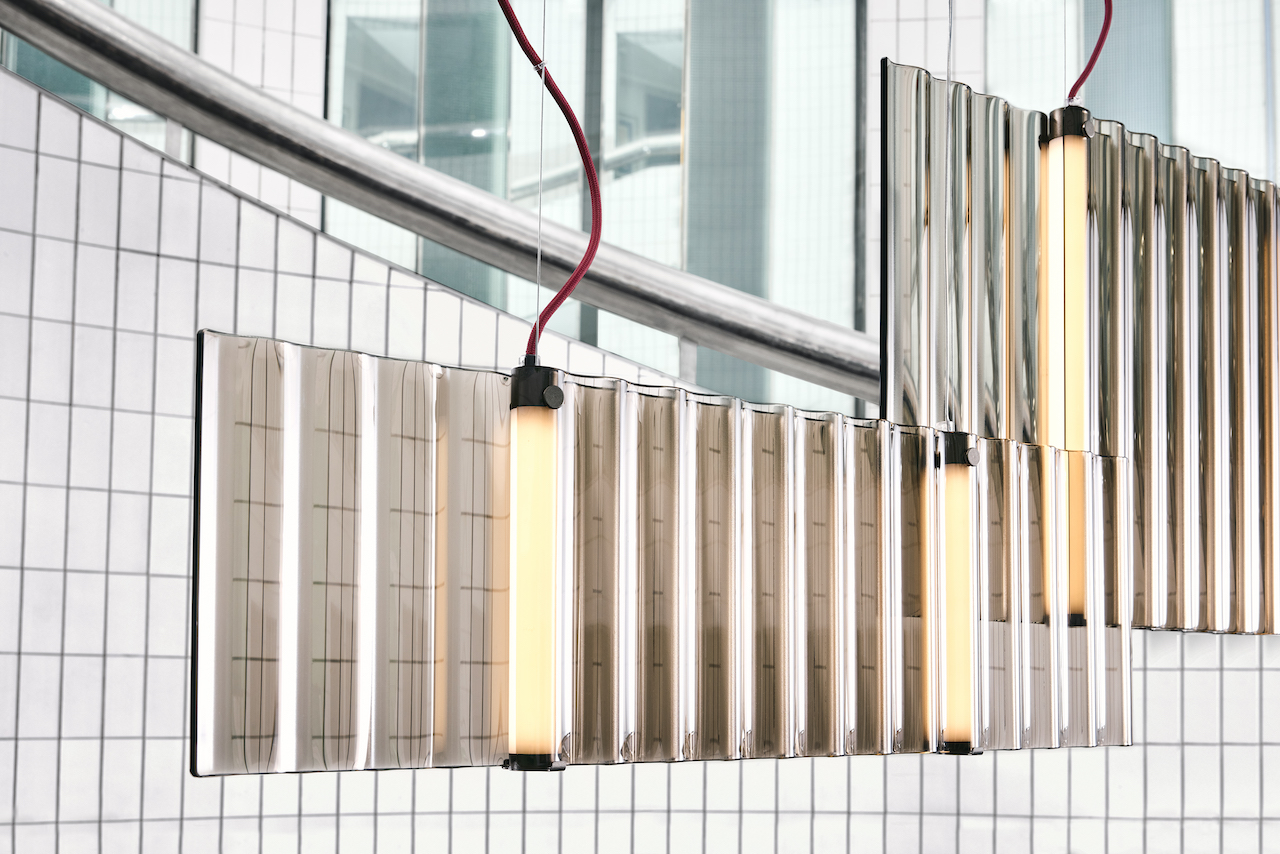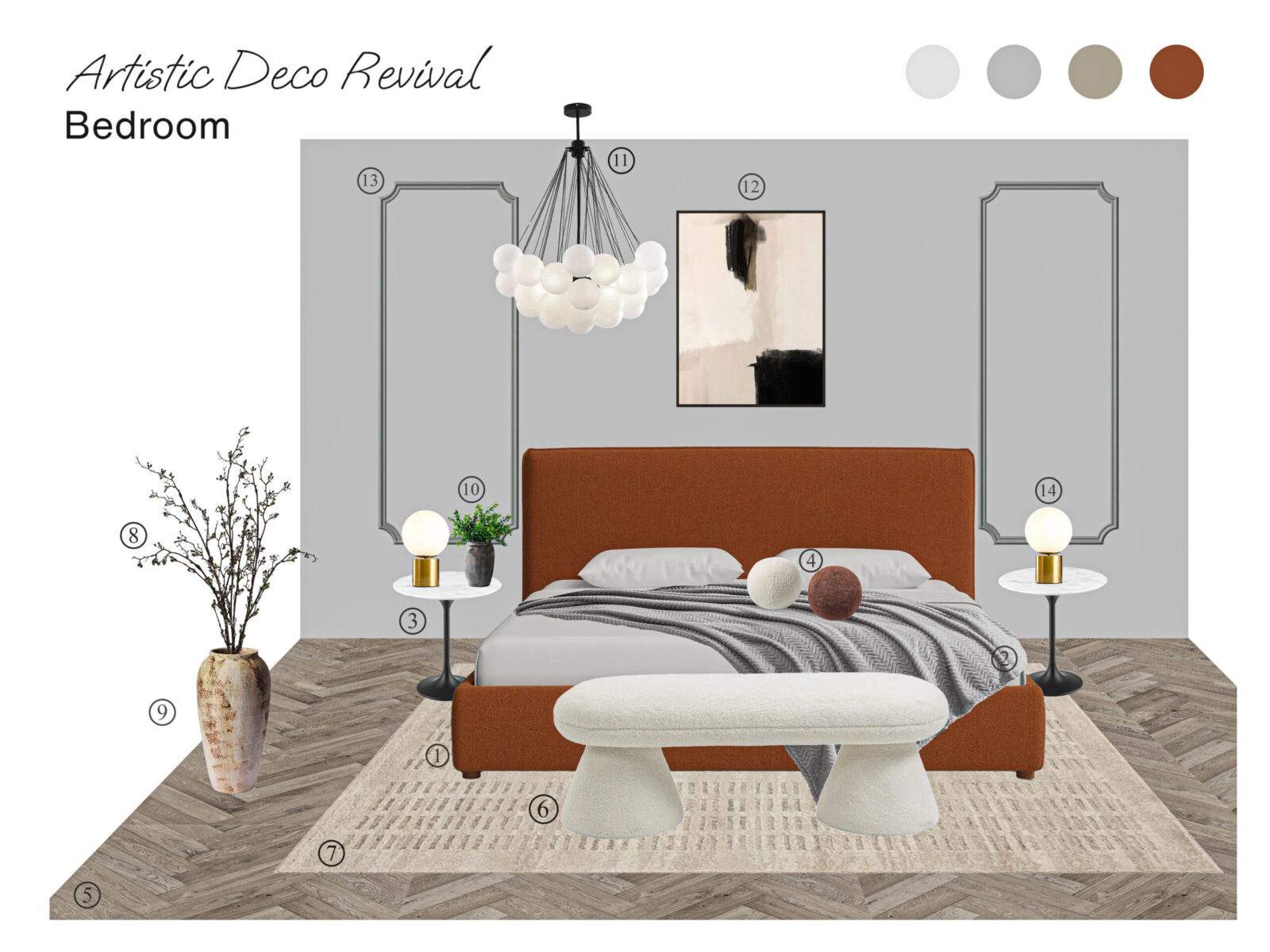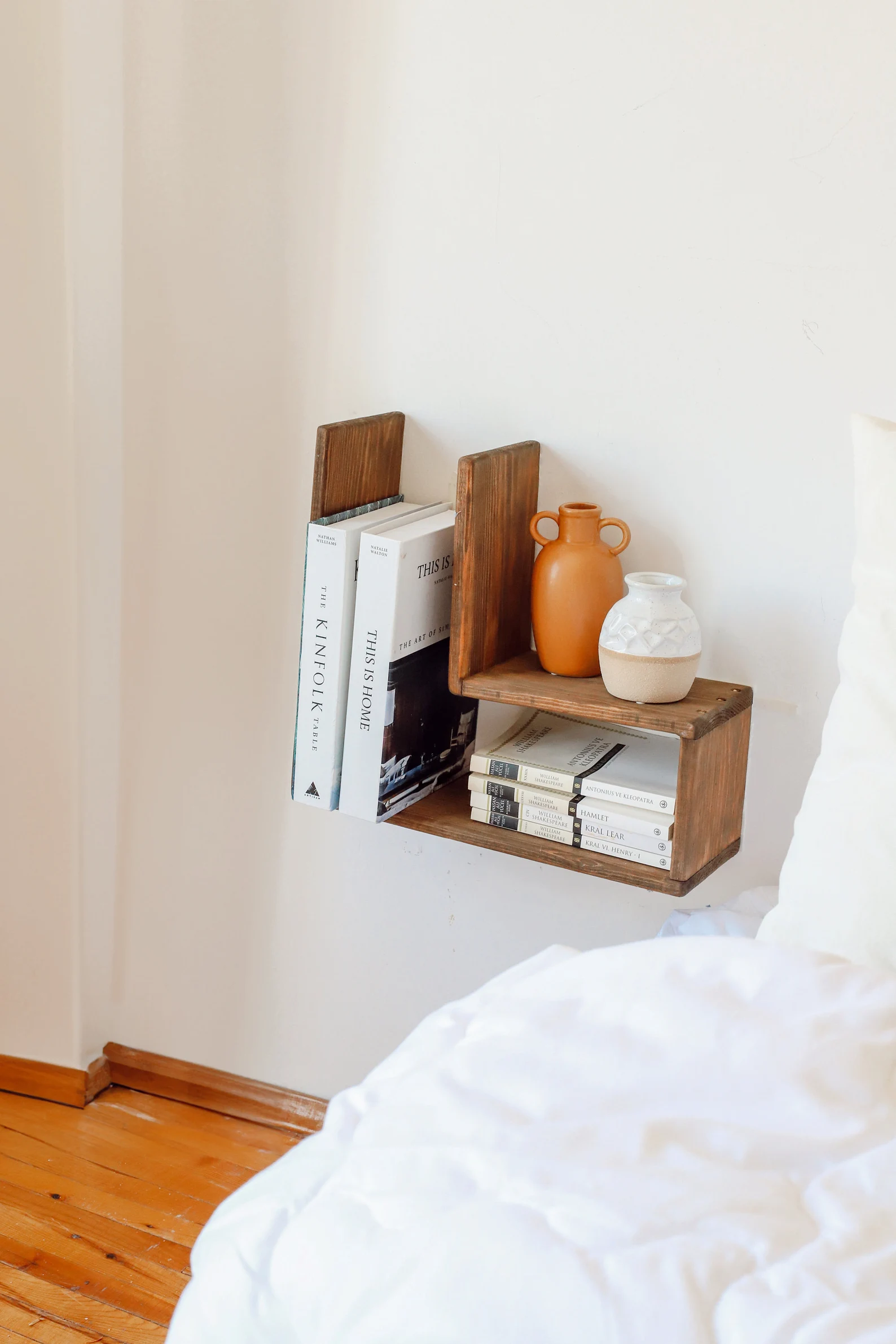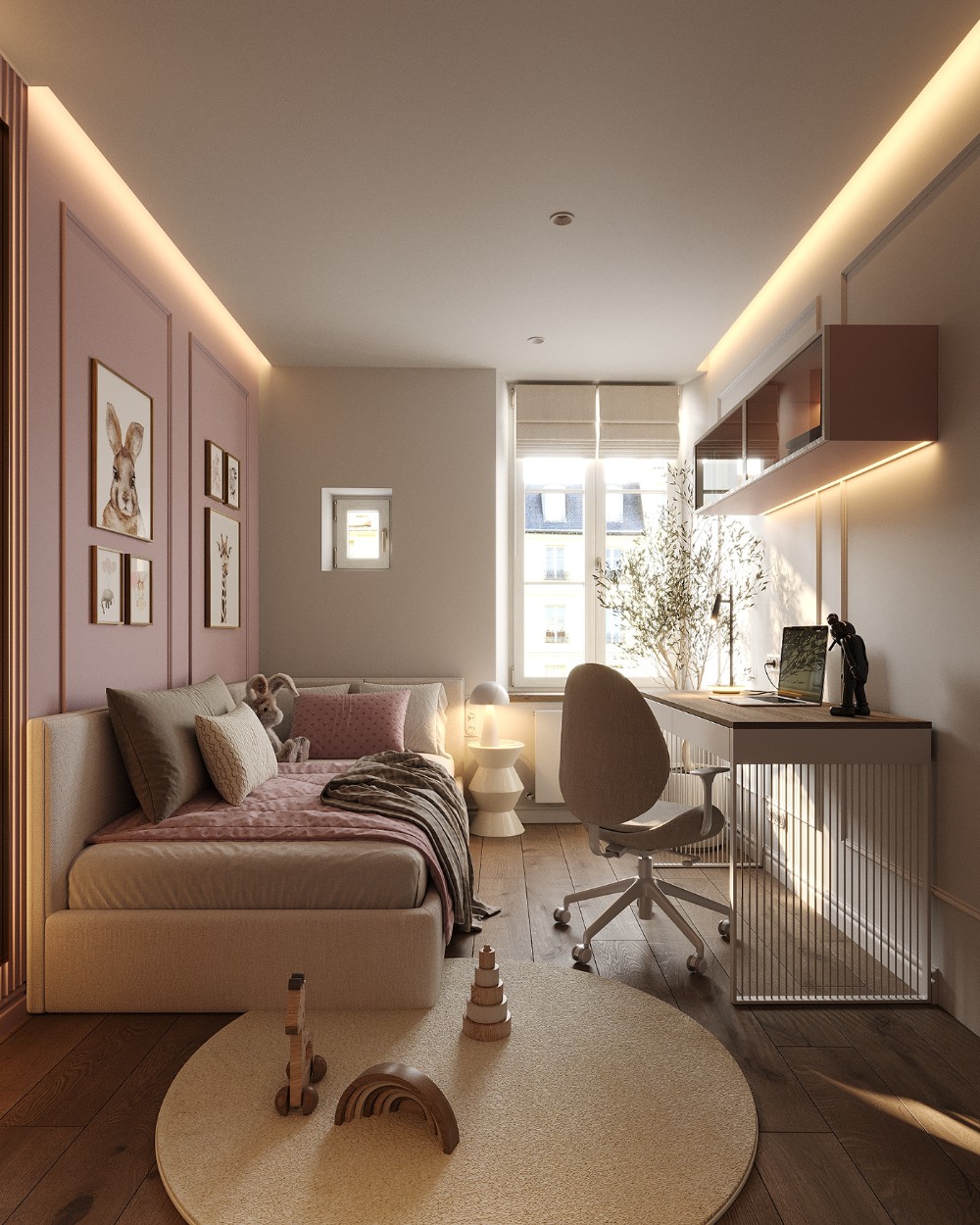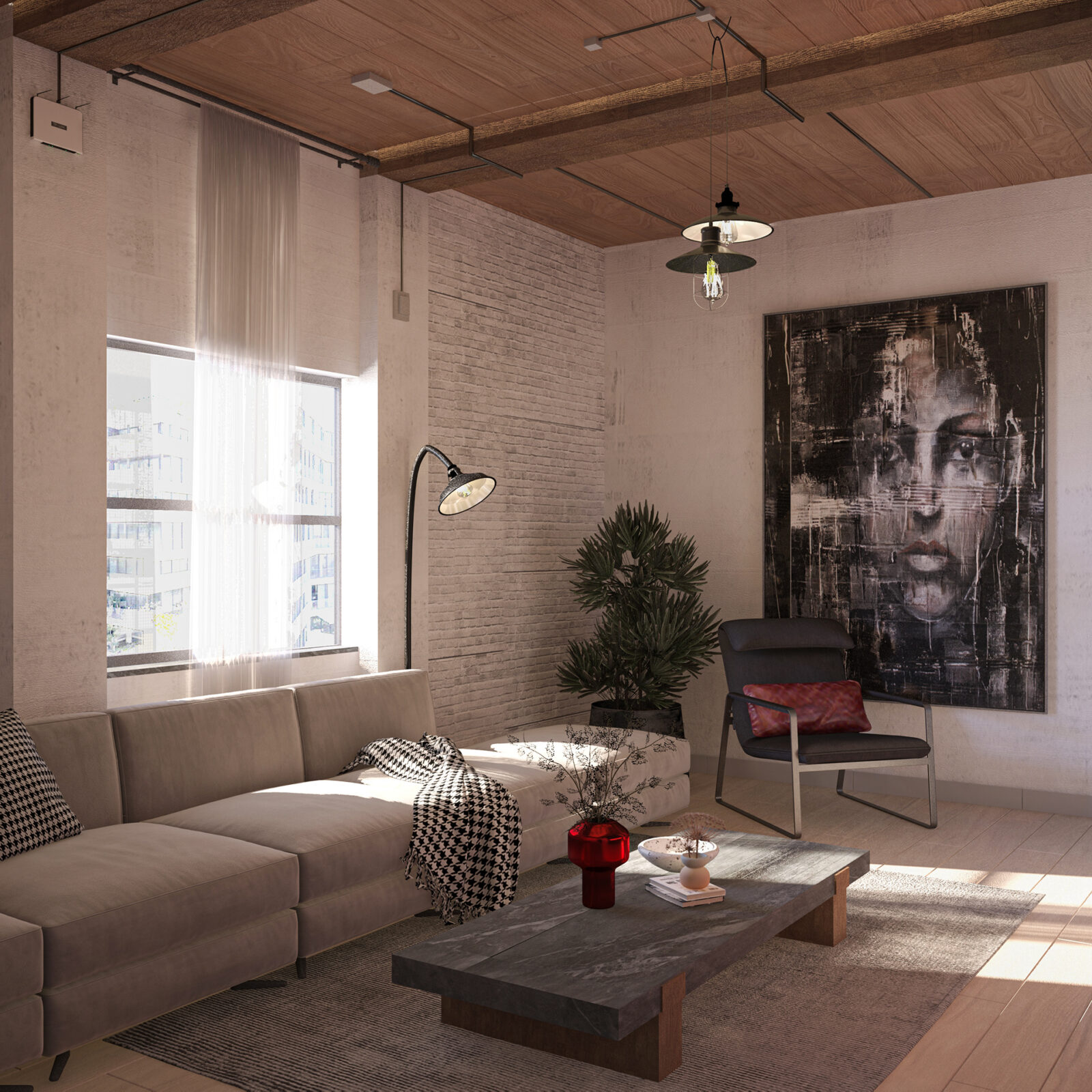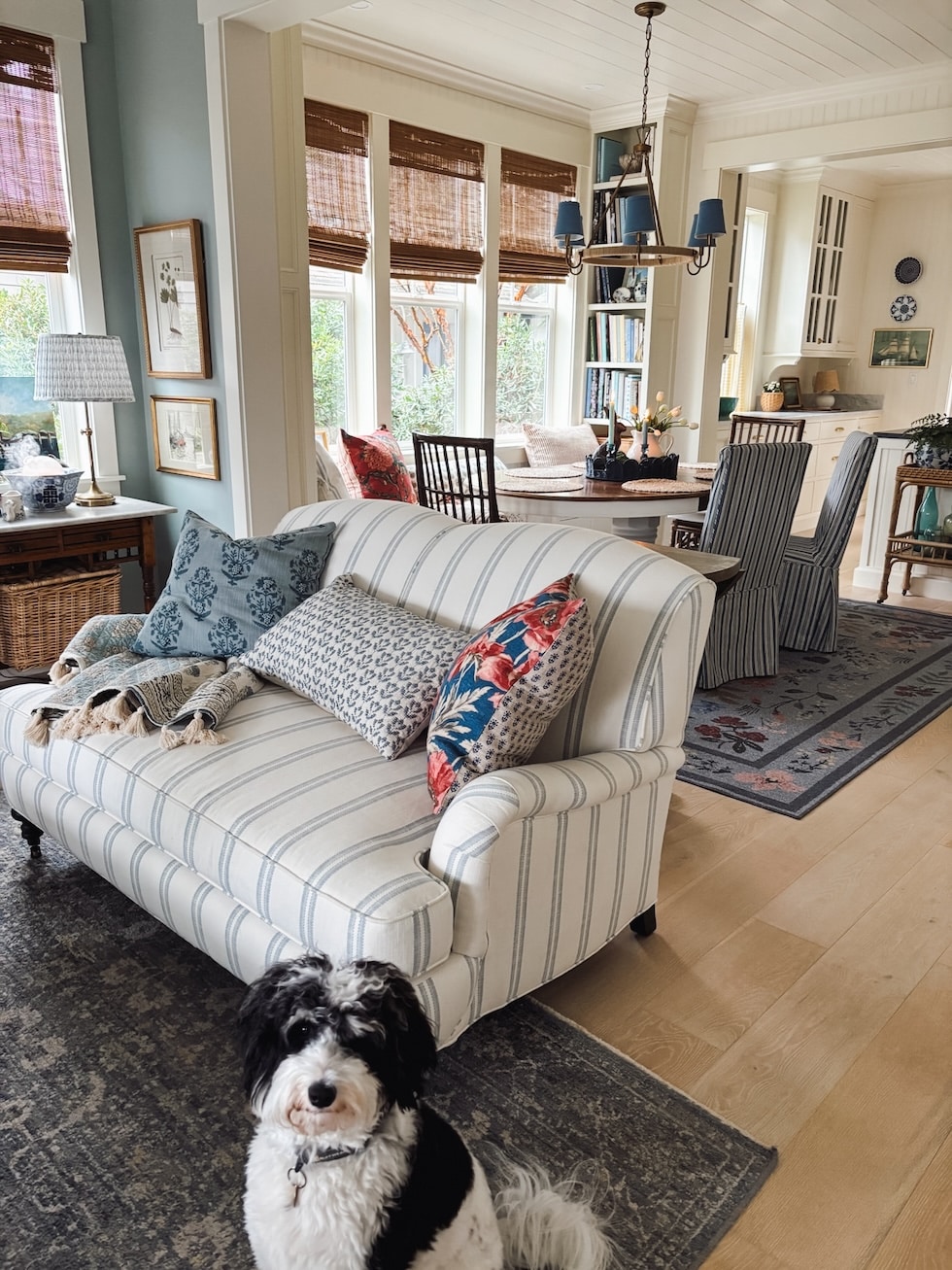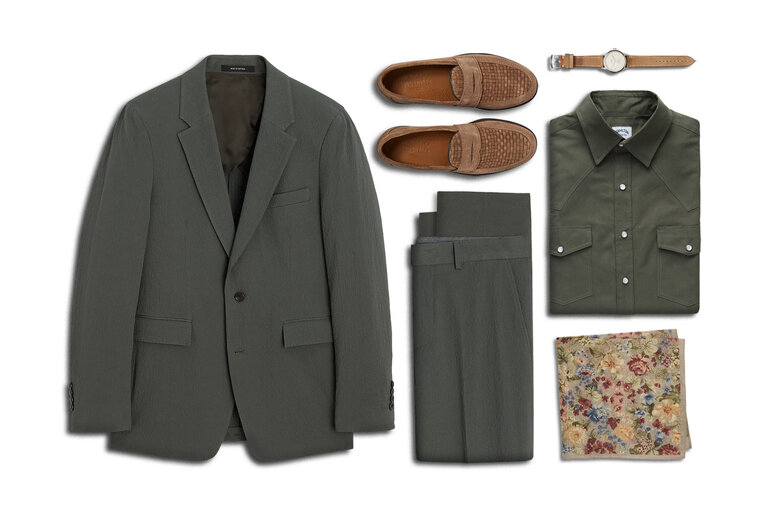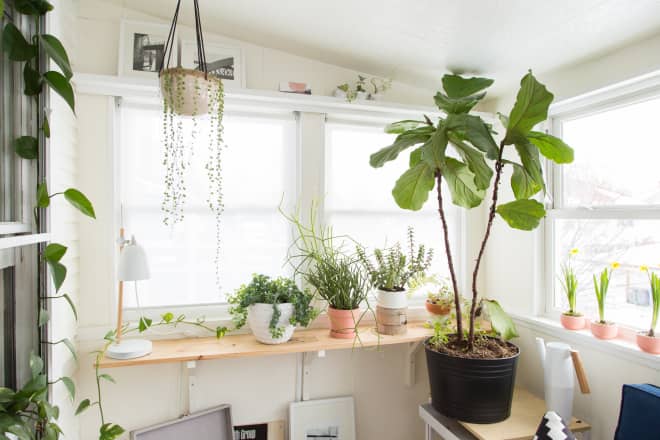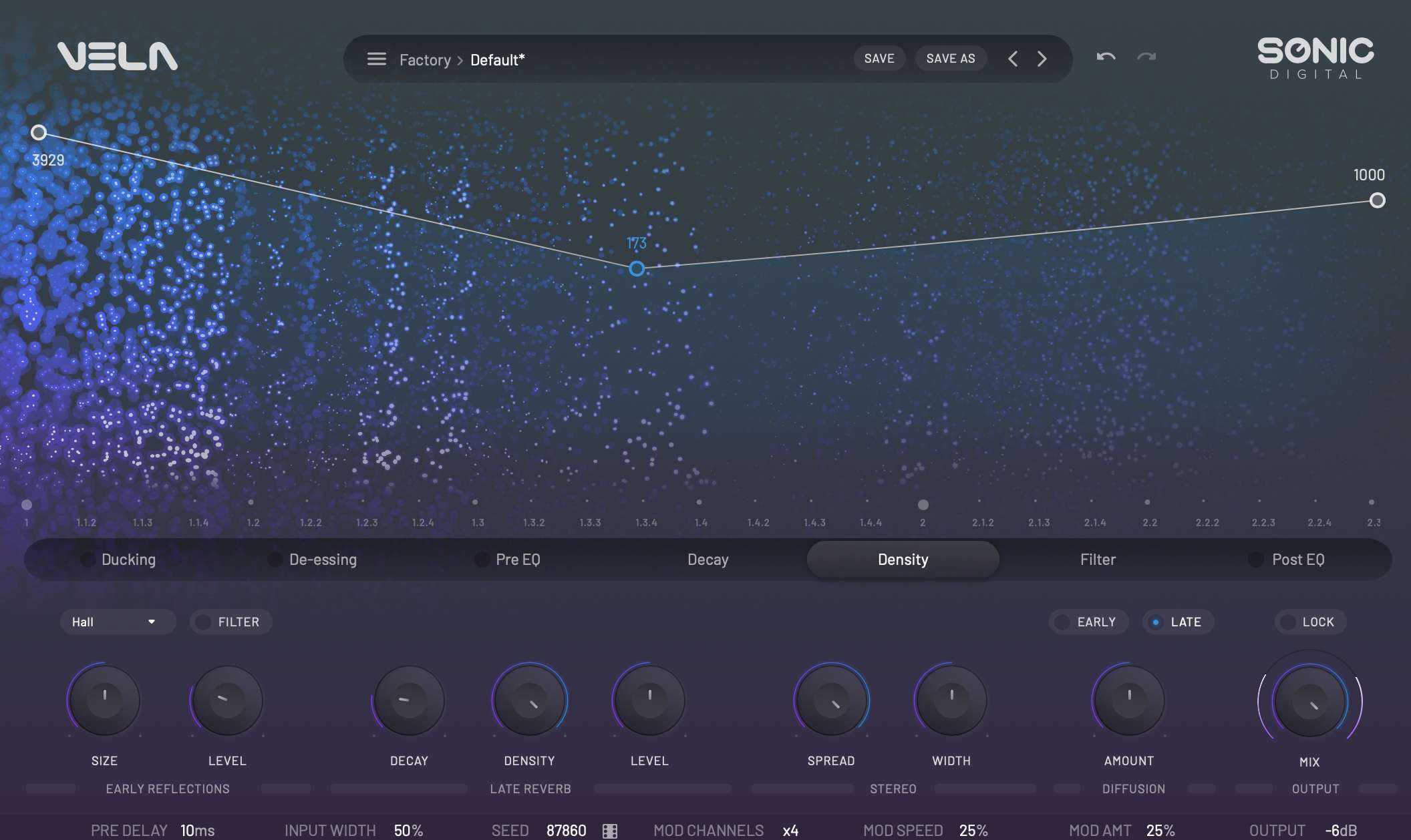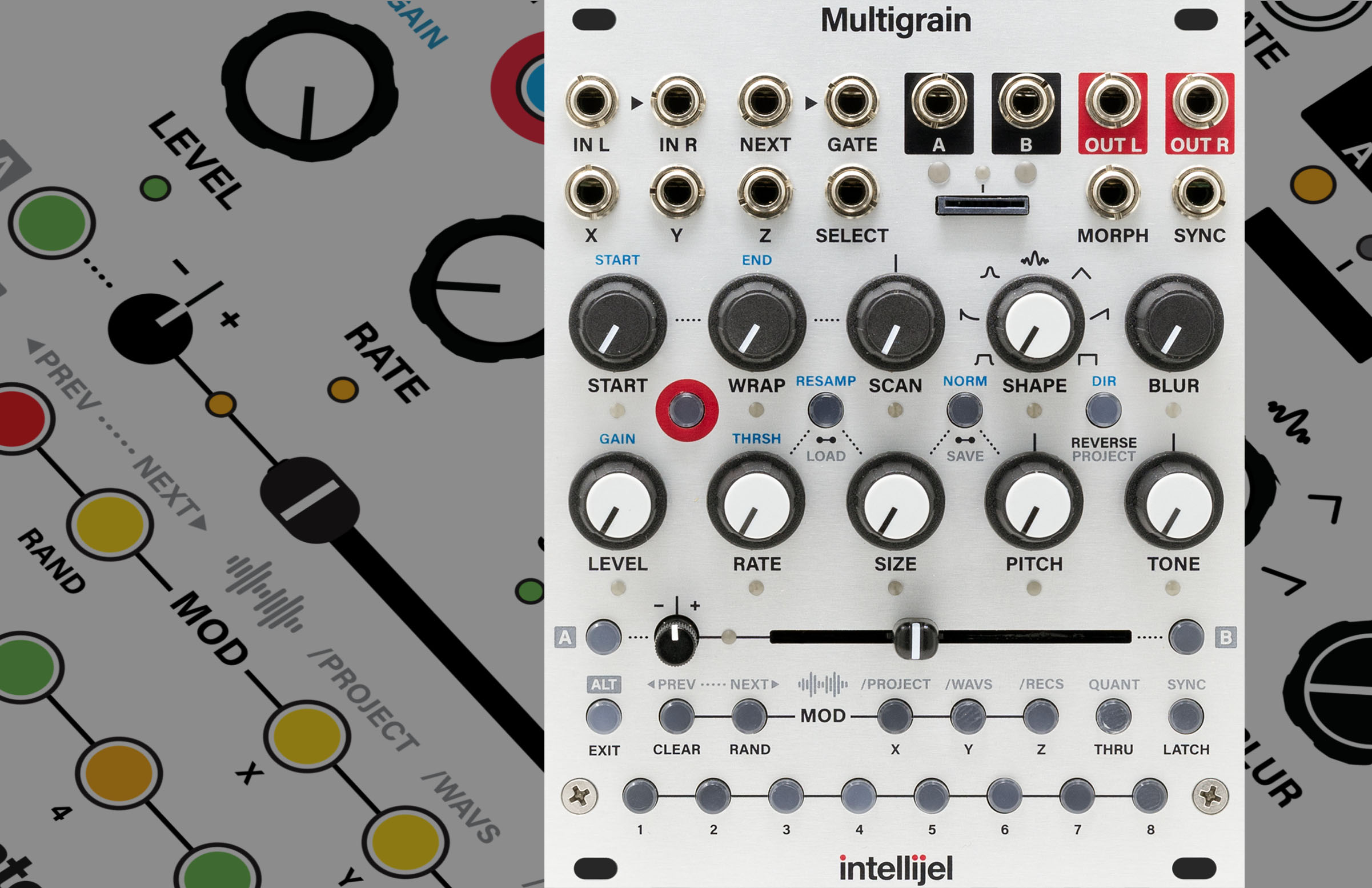This House on Rua Polônia Is an Urban Sanctuary
Situated in São Paulo’s Rua Polônia, this striking home by architects Gabriel Kogan and Guilherme Pianca serves as an urban sanctuary within a tranquil residential neighborhood while still offering convenient access to the city center. Upon arrival, visitors are welcomed by a front garden, with the house positioned to the left, parallel to a five-meter setback. The design ensures a carefully curated first impression, using the initial view of the house as a nodal point that emphasizes spatial perception with a structured and intentional layout.Spanning 977 square meters of space, the journey through the house unfolds as a series of framed views that prioritize frontality and depth, deliberately minimizing diagonal perspectives to create a clear and harmonious spatial experience. Its architectural concept employs a modular system, with the modules repeated along the two-story concrete façade, creating a rhythmic structure reminiscent of an infinite grid. The blind end walls at the front and back interrupt this continuity, suggesting the potential for infinite expansion while maintaining balance. While repetition is a hallmark of minimalism, the design reinterprets this approach with a tropical and warm sensibility, embracing the region’s unique context.Material and finish choices emphasize convergence between function and aesthetics, rejecting overly decorative trends in favor of simplicity and practicality. Wooden panels double as functional elements, such as doors and bookshelves, while cementitious floors, window glass and concrete structures serve their intended purposes without embellishment. Spaces like bathrooms and kitchens prioritize durability and ease of maintenance, ensuring a seamless integration of architectural elements without arbitrary design decisions.One notable design premise is the uniform wooden ceiling in the living room, free from visual distractions such as perforations or fixtures. This approach fosters a unique atmosphere with indirect, reflected lighting that is both pleasant and cozy. Air circulation is ingeniously managed through the floor and discreet gaps along the window frame, resulting in a pure wooden box that seamlessly integrates into the concrete grid. The living room’s connection to the garden, with its raw stones and tropical vegetation, enhances the contemplative and harmonious experience of the overall design.The house enhances the relationship between interior and exterior by lowering the living room floor, offering garden views from ground level. This adjustment also allows for a ceiling height that is 55 centimeters higher in the social area, creating a sense of spaciousness while preserving the façade’s horizontal proportions and the square proportions of external modules. The result is a cohesive and thoughtfully designed spatial experience that balances openness with structure.Click here to view full gallery at Hypebeast


Situated in São Paulo’s Rua Polônia, this striking home by architects Gabriel Kogan and Guilherme Pianca serves as an urban sanctuary within a tranquil residential neighborhood while still offering convenient access to the city center. Upon arrival, visitors are welcomed by a front garden, with the house positioned to the left, parallel to a five-meter setback. The design ensures a carefully curated first impression, using the initial view of the house as a nodal point that emphasizes spatial perception with a structured and intentional layout.
Spanning 977 square meters of space, the journey through the house unfolds as a series of framed views that prioritize frontality and depth, deliberately minimizing diagonal perspectives to create a clear and harmonious spatial experience. Its architectural concept employs a modular system, with the modules repeated along the two-story concrete façade, creating a rhythmic structure reminiscent of an infinite grid. The blind end walls at the front and back interrupt this continuity, suggesting the potential for infinite expansion while maintaining balance. While repetition is a hallmark of minimalism, the design reinterprets this approach with a tropical and warm sensibility, embracing the region’s unique context.
Material and finish choices emphasize convergence between function and aesthetics, rejecting overly decorative trends in favor of simplicity and practicality. Wooden panels double as functional elements, such as doors and bookshelves, while cementitious floors, window glass and concrete structures serve their intended purposes without embellishment. Spaces like bathrooms and kitchens prioritize durability and ease of maintenance, ensuring a seamless integration of architectural elements without arbitrary design decisions.
One notable design premise is the uniform wooden ceiling in the living room, free from visual distractions such as perforations or fixtures. This approach fosters a unique atmosphere with indirect, reflected lighting that is both pleasant and cozy. Air circulation is ingeniously managed through the floor and discreet gaps along the window frame, resulting in a pure wooden box that seamlessly integrates into the concrete grid. The living room’s connection to the garden, with its raw stones and tropical vegetation, enhances the contemplative and harmonious experience of the overall design.
The house enhances the relationship between interior and exterior by lowering the living room floor, offering garden views from ground level. This adjustment also allows for a ceiling height that is 55 centimeters higher in the social area, creating a sense of spaciousness while preserving the façade’s horizontal proportions and the square proportions of external modules. The result is a cohesive and thoughtfully designed spatial experience that balances openness with structure.




![The Top 10 “Invisible” Movies of All Time (We Think) [Halloweenies Podcast]](https://bloody-disgusting.com/wp-content/uploads/2025/04/invisible-movies.jpeg)






















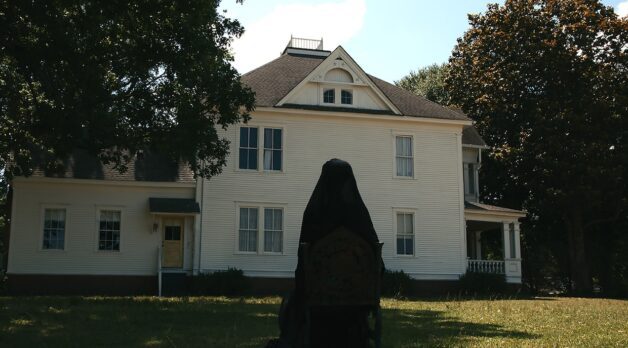
























![THE NUN [LA RELIGIEUSE]](https://www.jonathanrosenbaum.net/wp-content/uploads/2019/12/TheNun-300x202.jpg)
![Bright Spots in the Darkness [My 1998 Top Ten List]](https://jonathanrosenbaum.net/wp-content/uploads/2009/04/rochefort.jpg)
![Bad Ideas [on WILD AT HEART]](https://jonathanrosenbaum.net/wp-content/uploads/2009/12/wildatheart2.jpg)




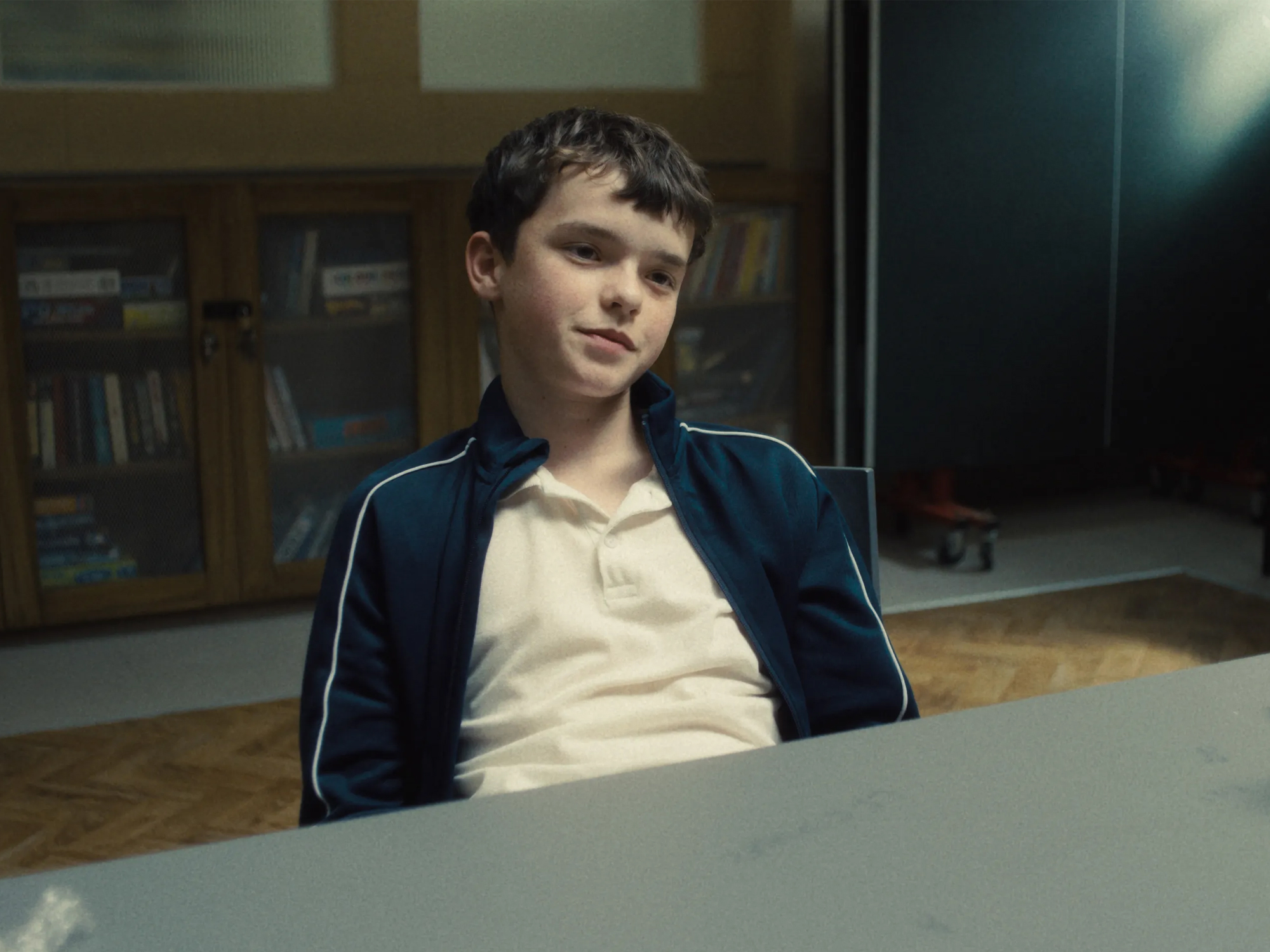



















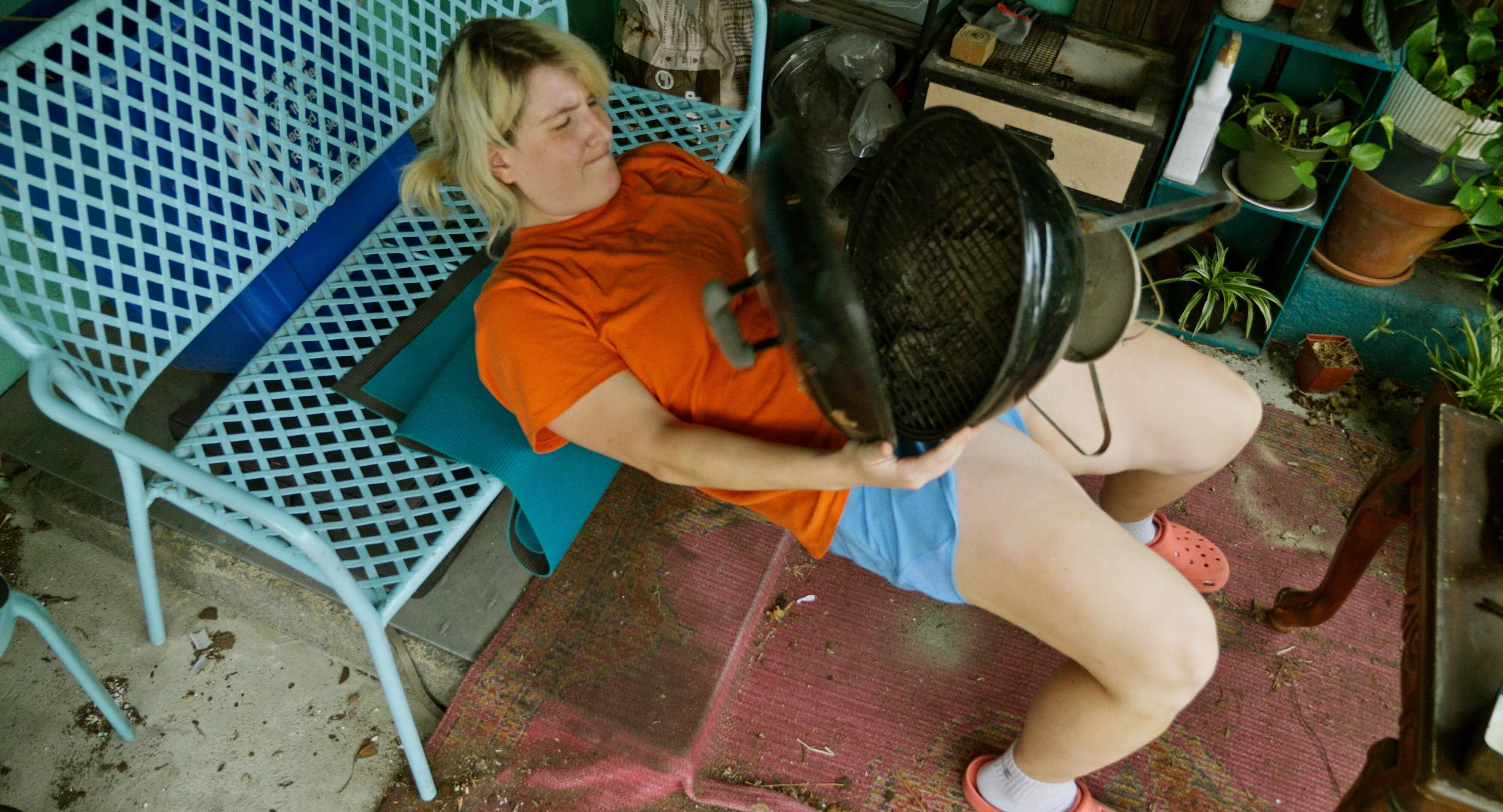












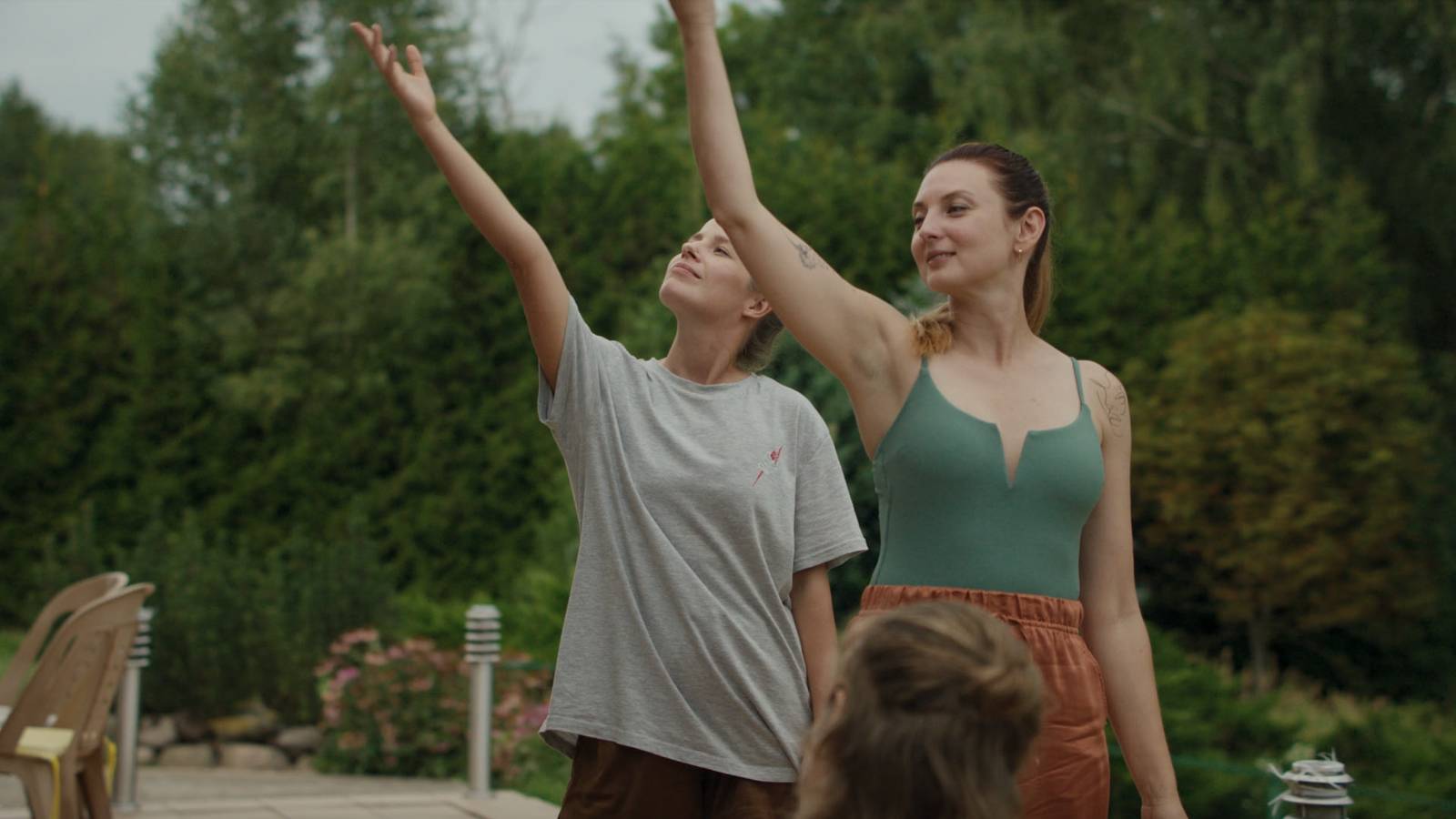



















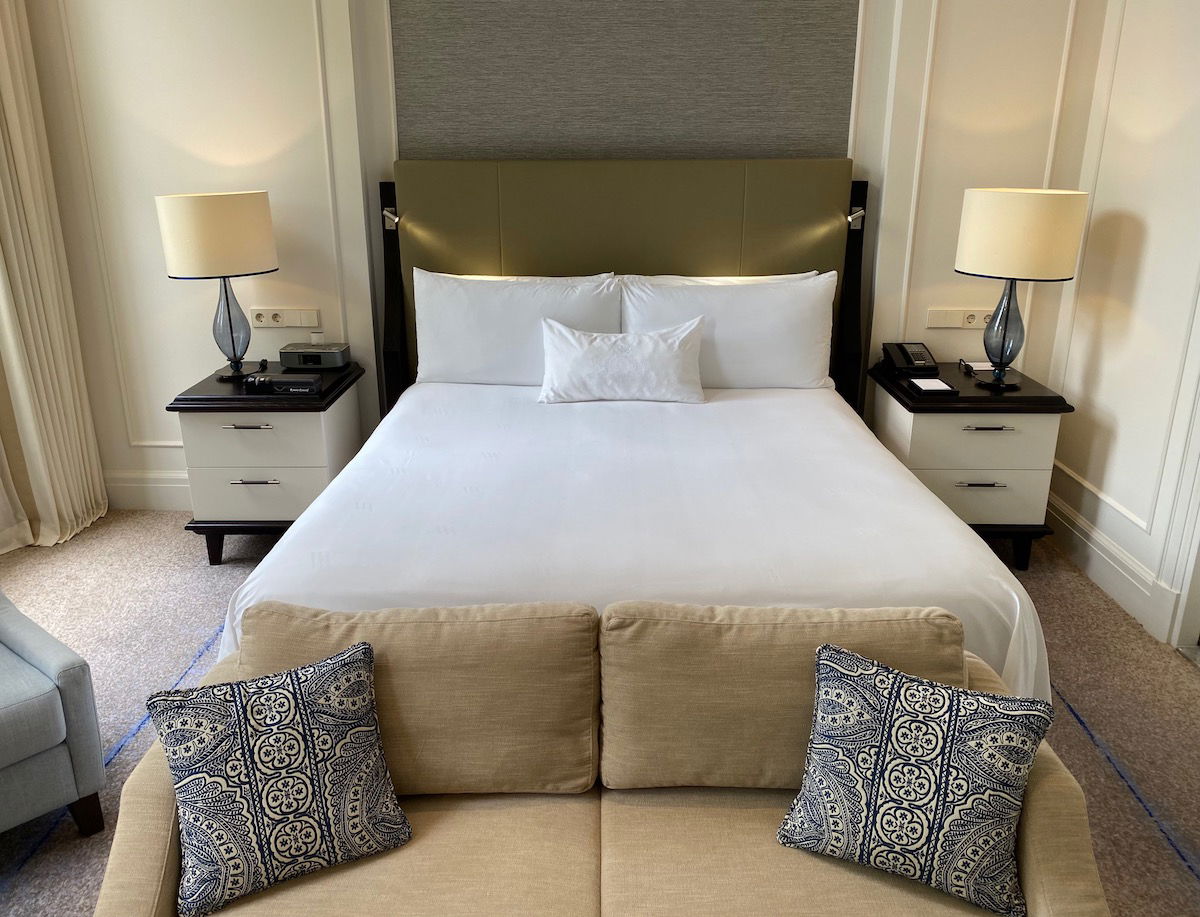
















































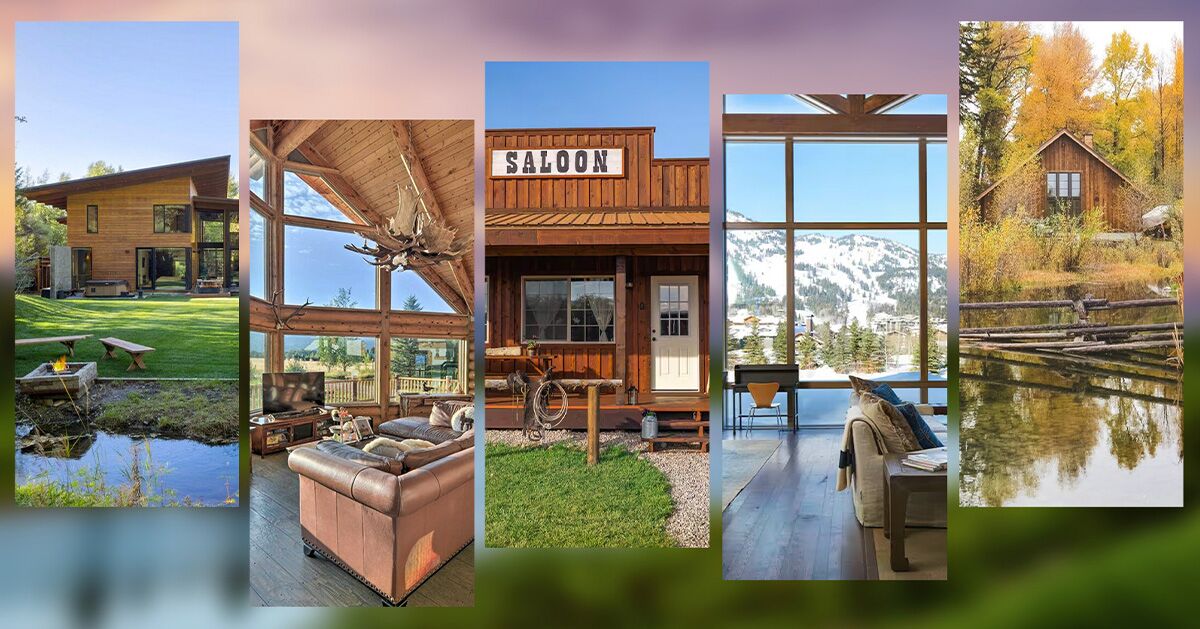
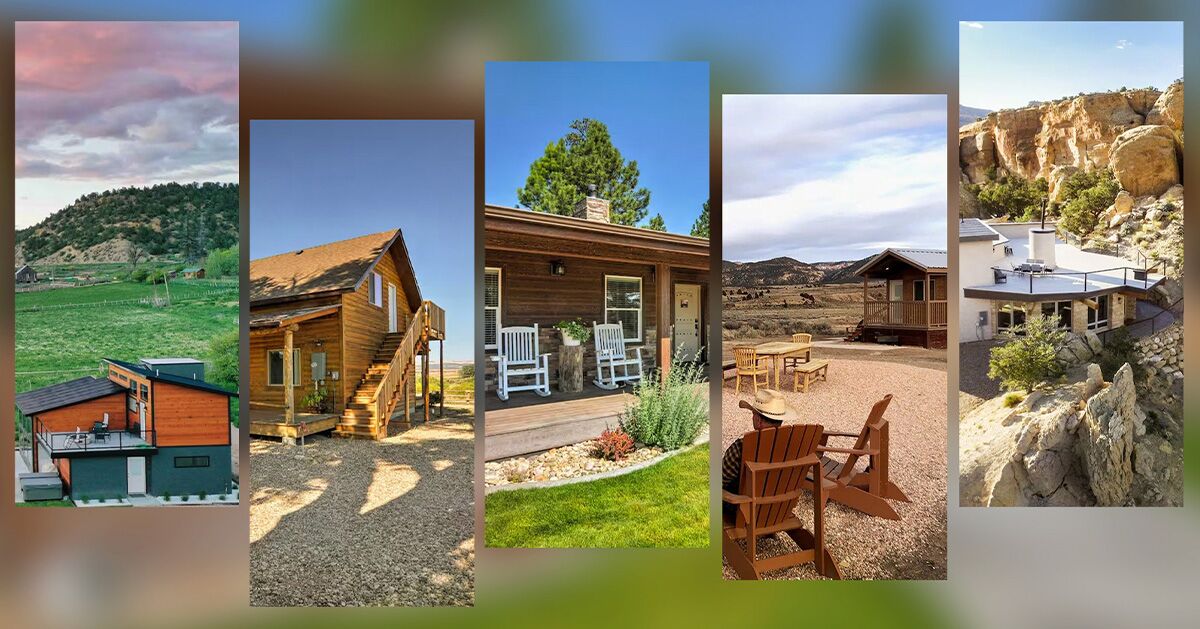



































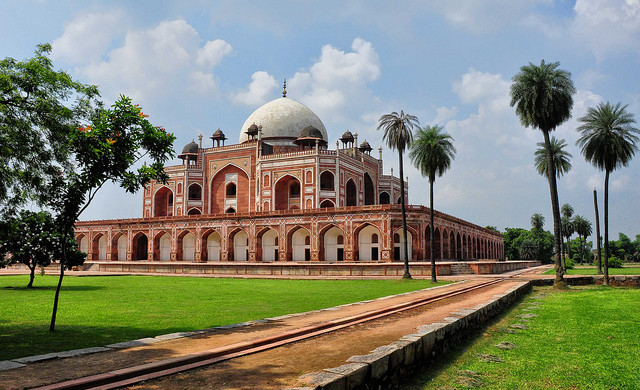
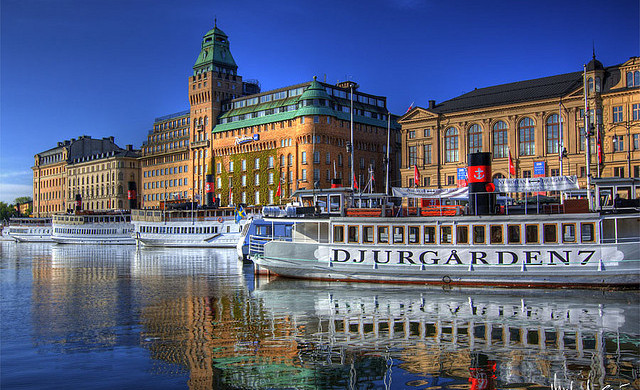





















![Courtyard Marriott Wants You To Tip Using a QR Code—Because It Means They Can Pay Workers Less [Roundup]](https://viewfromthewing.com/wp-content/uploads/2025/04/tipping-qr-code.jpg?#)































































































